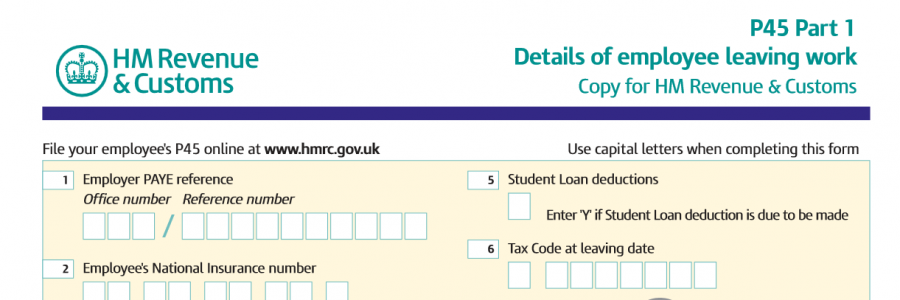
I’ve left my job, what should I do with my pension?
Why move to a SIPP?
- A greater range of investment choices such as
- Traditional Stocks
- Exchange Traded Funds (ETFs)
- Investment Trusts (ITs)
- Property
- Bonds
- Peer to Peer etc…
- More transparent management fees
- A reduction in initial fees for many funds
- Many pension providers give reduced fees for larger amounts managed. Combining your pots can further reduce fees.
Deciding whether to move
This is the hard part. Not because the decision is difficult. The vast majority of times you can save money on fees by moving your pension. The difficulty is finding out how much you’re being charged currently so you can justify it so you can understand what the benefit is.
In order to identify what SIPP might be right for you, there are several questions you need to ask yourself.
How much am I going to invest?
Most SIPPs have annual management charges, which can either be a percentage of the total amount managed, or a flat fee. For smaller pots (under £50,000), the percentage based fee structures can be cheaper, but for larger pots, you might be better off with a fixed fee.
Am I going to make regular contributions?
If you’re just going to move an old pension because you’ve left your job, and you currently contribute to your work pension, you probably wouldn’t want to make regular contributions. Contributions made through your work are often matched by your employer, and if using Salary Sacrifice, can save NI contributions. In this case it makes sense to continue to contribute there.
If you are going to make regular contributions then you’re going to have to invest those contributions every month. Paying dealing fees monthly make a significant dent in your returns. SIPPs which allow you to buy funds for free (Bestinvest, Hargreaves Lansdown), or have reduced charges for regular trading on certain days of the week (Halifax, iWeb) can be more cheaper in this case.
What do I want to invest in?
Do you want to invest in Funds, or Stocks and Shares. Or would you rather invest in Exchange Traded Funds or Investment Trusts?. How about investing overseas?
Some SIPPs allow you to hold more exotic investments, like peer-to-peer finance, property and even physical gold. These tend to be very specialist and tend to be more expensive, so choosing these type of assets can reduce your selection range considerably.
It’s important that you check that your SIPP account accepts the type of asset you’re intending to invest in. Even if your SIPP provider allows you to purchase funds, does it allow you to purchase that funds that you want? And are there any extra charges for that?
What is my investment approach going to be?
Are you intending to put all of your money in one or two investment funds and take a hands off approach? Or are you are intending to take a more active approach, buying individual stocks and shares regularly. Maybe you want to do a bit of both. Whatever you choose, it’s important to make a decision about your investment approach up front, as it can significantly affect your fees. If you’re going to deal in shares on a regular basis, a SIPP with a lower share dealing charge might work out cheaper in the long run than a SIPP with a low annual fee.
If you’re not sure, you’re probably best starting off with a small selection of investment funds. Whatever you decide, make sure you do some research beforehand and that you’re confident that you’ll be able to invest your money. Leaving it sat in your SIPP account as cash, where it will earn little or no interest, slowly getting whittled away by management charges, is the worst thing you can do.
Once you’ve decided on your investment approach, and have an idea of what you do with you money, head over to the calculator at Compare Fund Platforms. I’ve used this several times myself and it gives you an excellent illustration of the fees you’ll pay over the lifetime of your pension with each provider.